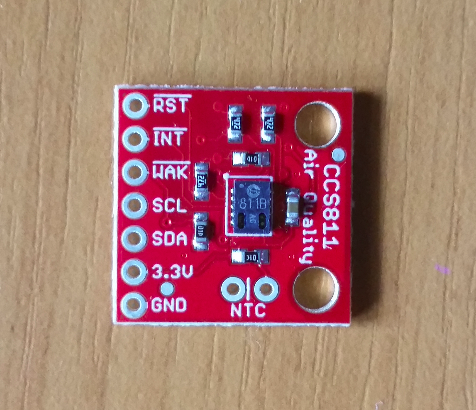Open Source Summit Europe
The Open Source Summit Europe is, sadly, over. In this post, I will show you a glimpse of the conference. It’s been an intense week, I’ve met a lot of enthusiastic people, I’ve attended great talks, I caught up with the latest tools and projects and I feel I am part of a remarkable community of smart and passionate people. It’s like having friends all over the world, everyone with different backgrounds, different stories, but bonded by the same love for technology.
